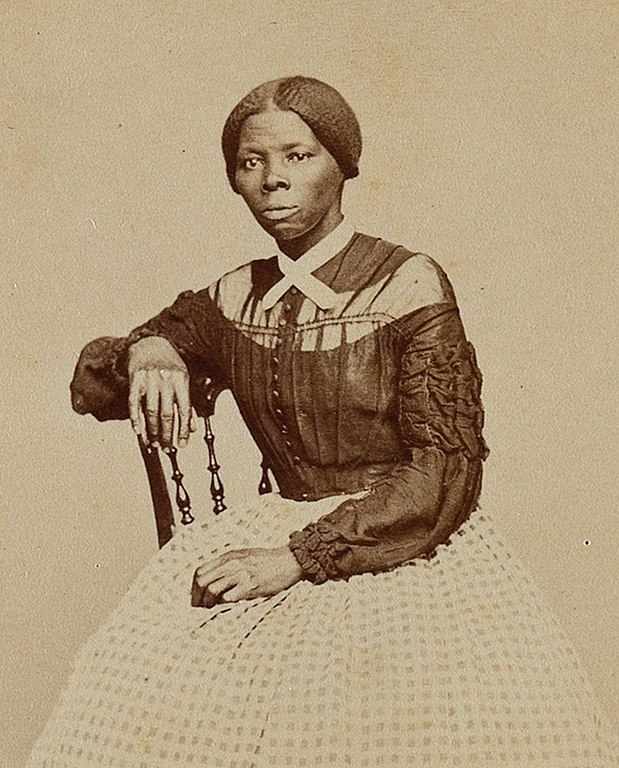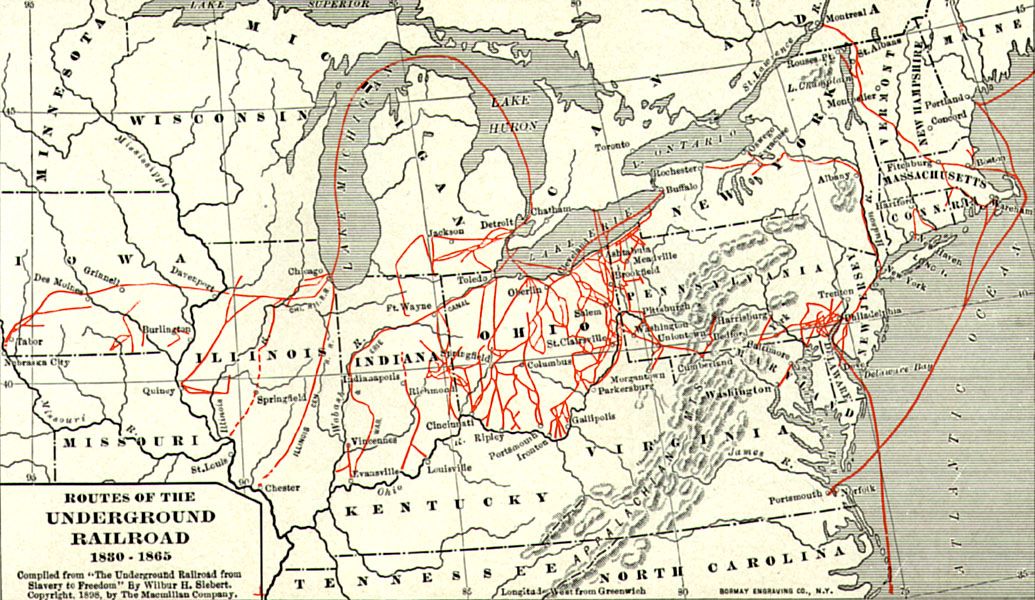A Life Marked by Slavery
Harriet Tubman s journey is one of profound resilience and undying resolve. Born into slavery in the early 1820s, she experienced the heartbreaking realities of servitude. Her tragic story, marked by numerous struggles, involved enduring physical abuse and brutal living conditions. Tubman suffered a traumatic head injury caused by an overseer, which resulted in frequent seizures and splitting headaches throughout her life. She once profoundly noted, “Slavery is the next thing to hell,” a testament to the brutalities she and countless others faced.

The Flight to Freedom
Despite the odds stacked against her, Tubman’s indomitable spirit led her to escape the shackles of slavery. Risking everything, she fled the plantation and navigated her way northward to freedom. Her escape was facilitated by the Underground Railroad, a clandestine network of secret routes and safe houses. The Fugitive Slave Act of 1793, however, made the act of fleeing perilous, legally binding individuals to return runaway slaves to their owners. This act only heightened the stakes, making each step toward freedom a dangerous gamble.
The Underground Railroad: A Symbol of Hope
The Underground Railroad was not an actual railroad but a series of routes and safe houses that assisted escaping slaves in their journey to freedom. The operation was so covert that it adopted rail-related terminology; guides were called “conductors” and hideouts were termed “stations.” One of the early pivotal “stations” was the home of the abolitionist John Rankin in Ohio. Positioned near the Ohio River, Rankin’s house provided sanctuary to nearly 2,000 runaways. He would strategically use lanterns to signal when it was safe for escapees to cross the river. These acts of defiance were met with harsher penalties after the enactment of a new Fugitive Slave Act in 1850, amplifying the danger for both the fleeing slaves and those aiding them.
Tubman: The Conductor of Freedom
Post her escape, Harriet Tubman could have chosen a life of relative safety in the North. Instead, she became an ardent abolitionist and a “conductor” on the Underground Railroad, dedicating her life to rescuing others from the clutches of slavery. With immense courage and savvy, she made an estimated 19 trips to the South and helped liberate over 70 slaves, proving that one person’s resilience could shift the trajectories of many lives. A poignant sculpture in Battle Creek, Michigan, stands as a testament to Tubman’s heroism, depicting her alongside Underground Railroad “conductor” Erastus Hussey, leading a group of escaped enslaved individuals toward liberty. Such sculptures and stories illuminate the myriad ways these brave souls used their knowledge of the land to outwit and evade their pursuers.
The Culmination and Legacy
The increasing tensions between the North and the South over the issue of slavery reached a boiling point with the secession of South Carolina in 1860. The state cited the Northern authorities’ reluctance to enforce the Fugitive Slave Act as a primary cause for its secession, setting the stage for the Civil War. Tubman’s contributions to the fight against slavery didn’t end with the Underground Railroad; she also served as a nurse, cook, and spy during the Civil War.

In remembering Harriet Tubman, we celebrate a beacon of hope, bravery, and determination. Her life’s work serves as a stark reminder of the lengths individuals went to in the pursuit of freedom, forever cementing her legacy as an indomitable force against oppression.
Historical Challenge: Can You Conquer the Past?
Answer more than 18 questions correctly, and you will win a copy of History Chronicles Magazine Vol 1! Take our interactive history quiz now and put your knowledge to the test!

